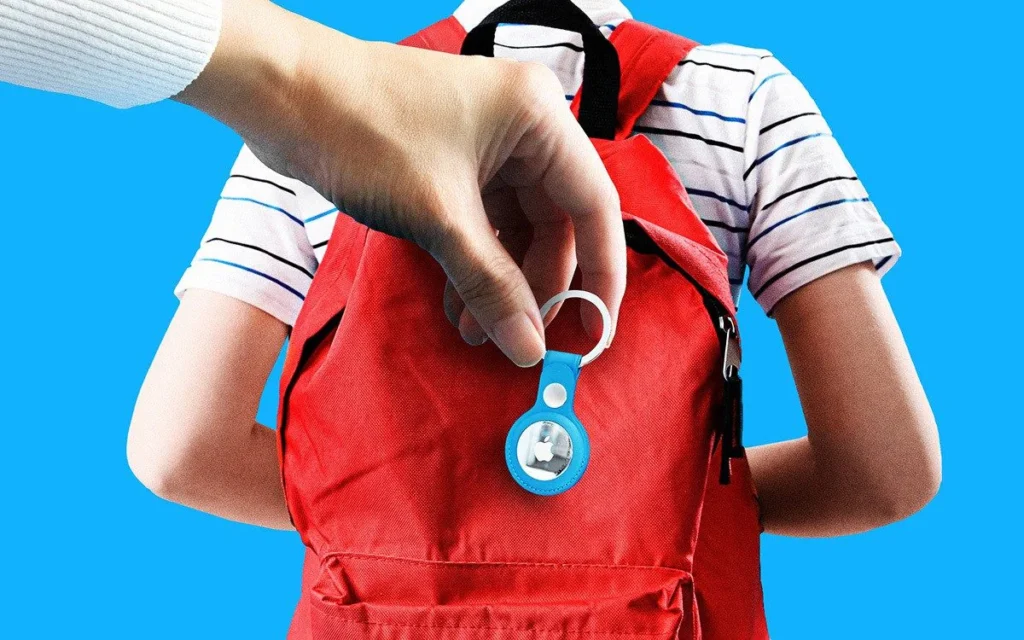In an age where technology offers us instant connection and location tracking, many parents are turning to devices like Apple’s AirTags or GPS watches to keep tabs on their children. Marketed as tools to provide peace of mind and protect children from harm, these gadgets are becoming increasingly common in backpacks and coat pockets. But are we trading trust for control?

At first glance, it’s easy to see the appeal. A tracker promises security. If a child takes a wrong turn on the walk home from school or wanders off in a crowded shopping centre, a parent can find them in seconds. The idea that we can prevent worst-case scenarios — from getting lost to stranger danger — is a powerful one.
But how likely are these fears to materialise? Statistically speaking, the chances of a child being abducted by a stranger are vanishingly small — lower than the odds of being struck by lightning. Yet we don’t send our children out in rubber boots and helmets every day, prepared for thunder. Why, then, are we preparing for a threat that’s even less likely to occur?
Some argue that trackers serve a different function: they support independence by offering a safety net. A child can walk to school alone, ride their bike around the neighbourhood, and still be “supervised” from afar. In this view, the device becomes a stepping stone to freedom — a modern version of “checking in” rather than hovering.
But what about very young children?
When it comes to children under the age of 8, the rationale for using tracking devices often shifts. These children are usually not walking to school alone, navigating public spaces unaccompanied, or engaging in the kinds of independent travel that might warrant a location tracker. For them, any separation from a parent tends to happen in controlled environments — school, nursery, playdates — where adult supervision is already built in.
In these cases, trackers may not be responding to a realistic need so much as a deep-seated parental fear — one often amplified by headlines and social media rather than actual risk. While it’s understandable to want to take every precaution with a young child, we must ask whether attaching a tracker normalises the idea that danger is ever-present. Does it help the child, or simply soothe the adult?
The emotional message we send
Some experts argue that using tracking devices with younger children may inadvertently fuel anxiety – I personally tend to agree. Children are highly attuned to adult emotions. If they sense that the world is a dangerous place — one in which they must always be watched — they may grow up wary, less confident in their ability to navigate their surroundings. The device may, under a rare set of circumstances, keep them safe physically, but at what emotional cost?
Of course, every family is different. Children with additional needs, those who tend to bolt or wander, or specific high-risk situations may warrant more precautions. But these should be thoughtful exceptions — not the default.
A question of trust
Ultimately, AirTags and trackers are tools. Like all tools, their value depends on how and why we use them. If they enable appropriate independence, they may be helpful. But if they become a way to manage our own fear — or limit a child’s freedom — then we should pause.
Childhood is meant to include small risks: getting a bit lost, figuring out how to find your way, learning to assess a situation and make a choice. It’s through these experiences that children become resilient and capable.
Let’s not let our fears overshadow the very thing we’re trying to protect — our children’s ability to grow into confident, trusted, and trusting individuals.
